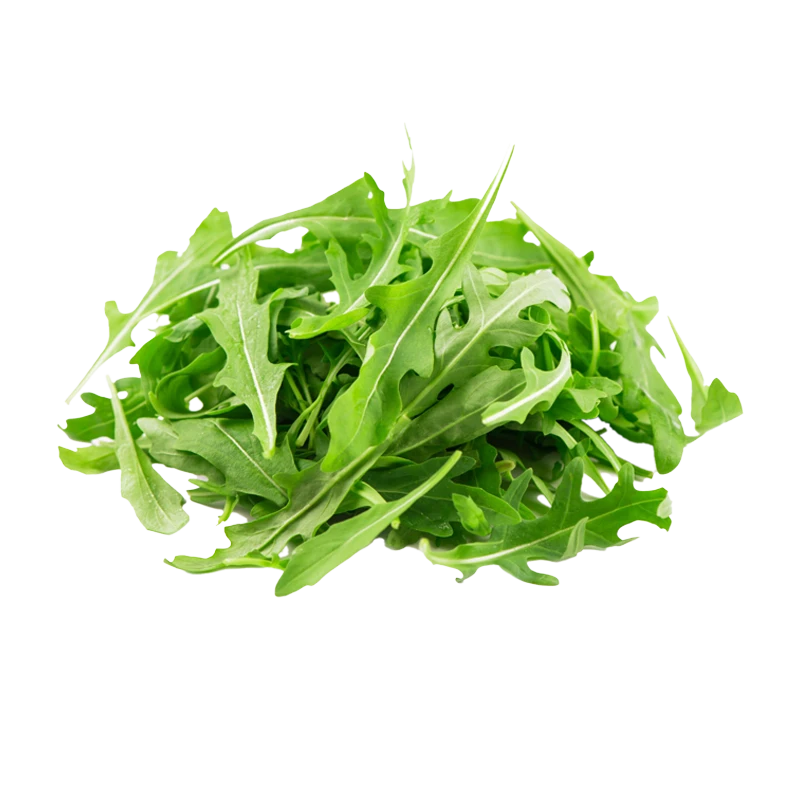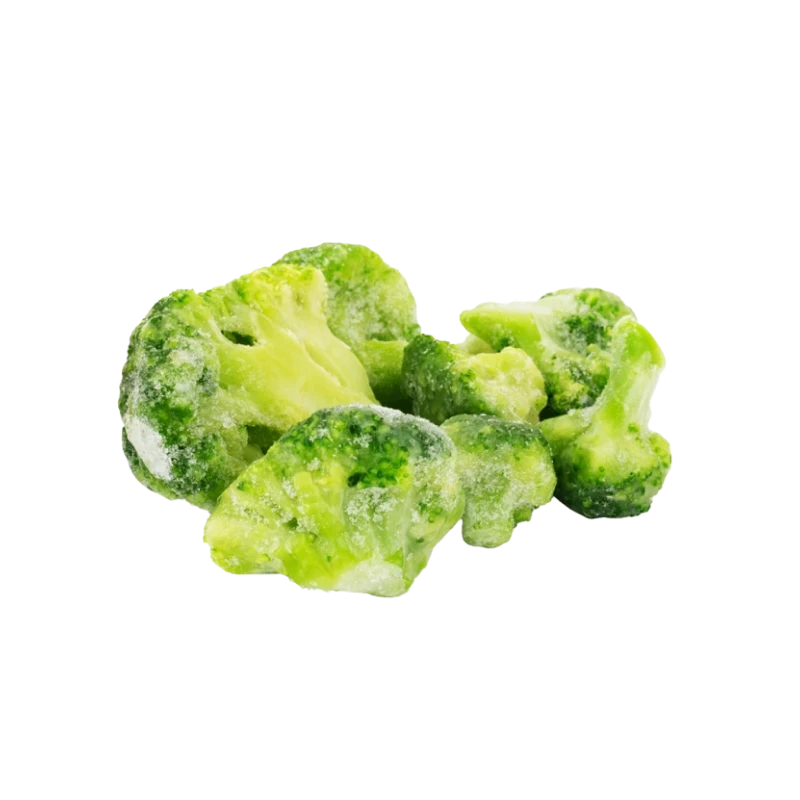Arugula — Nutrients, Health Benefits, and Shopping Tips

Written by Listonic Team
Last update on September 4, 2024
Nutrients
Nutrition facts
Amount per 100 g
Calories
🔥 25 kcal
| Nutrients per: 100 g | Value | % Daily Value* |
|---|---|---|
| Carbs | 4 g | 1.45% |
| Fiber | 2 g | 7.14% |
| Sugars | 2 g | 4% |
| Glycemic Index | 15 | - |
| Protein | 3 g | 6% |
| Sodium | 27 mg | 1.17% |
| Total Fat | 1 | 1.28% |
*The % of Daily Value (DV) tells you how much a nutrient in a serving of food contributes to a daily diet. 2,000 calories a day is used for general nutrition advice.
Arugula provides some vitamin A and has a distinctive spicy pungent flavor resembling horseradish.
Encyclopedia of Foods. A Guide to Healthy Nutrition
25
🍏 Low-Calorie Foods
15
🟢 Low Glycemic Index
Key takeaways
Health benefits
- Rich in antioxidants, which help protect the body from free radicals and reduce the risk of chronic diseases.
- Supports bone health with high levels of Vitamin K, which is essential for bone density and strength.
- Promotes heart health by providing nitrates that help improve blood flow and reduce blood pressure.
- Contains essential vitamins and minerals such as Vitamin A, Vitamin C, and calcium, which are important for overall health and well-being.
Health risks
- Potential for allergic reactions causing symptoms like itching and swelling in sensitive individuals.
- High nitrate content which can be a concern for individuals with certain health conditions or those taking specific medications.
- Risk of contamination with harmful bacteria such as E. coli or Salmonella if not properly washed or stored.
- Interaction with blood thinners due to its high vitamin K content, which can affect blood clotting.
How to choose arugula
Arugula, prized for its peppery flavor, should look fresh and vibrant. Leaves should be crisp and dark green without any yellow or wilted parts. It’s best consumed fresh to maintain its bold flavor and nutritional benefits.
Stay away from arugula that has slimy leaves or a wilted, sad appearance, as these characteristics often indicate it has been sitting on the shelf too long. Also avoid bags where condensation is visible inside the packaging, which can accelerate decay.

How to store arugula
Arugula should be stored in the refrigerator, preferably in a perforated plastic bag. Keeping it in the crisper drawer can help maintain its freshness and crispness for up to a week. It's important to ensure the leaves are dry before storing.
Excess moisture can cause arugula to wilt and spoil, so avoid this. Do not store arugula with high-moisture vegetables that can cause it to become soggy. Additionally, avoid crushing the leaves, as this can bruise them and reduce their shelf life.
✅ Extra Tip
How long does it last?
Arugula is best when consumed fresh. It can last for 5-7 days in the refrigerator when stored in a plastic bag or container with a paper towel to absorb excess moisture. For the best quality, keep it in the crisper drawer of the refrigerator.
What to do with leftovers?
Leftover arugula can be used in a wide range of dishes. Add it to a salad for a peppery kick or mix it into a pasta dish with olive oil, garlic, and parmesan for a quick meal. Arugula is also great as a topping for pizza or flatbreads, where it adds a fresh, spicy note.
Use arugula to make a pesto by blending it with nuts, parmesan, and olive oil. You can also mix it into sandwiches or wraps for added flavor and texture. If you have a large amount, try sautéing arugula with garlic and lemon as a simple side dish. Arugula can also be added to scrambled eggs or used as a base for a grain bowl, where its peppery flavor complements the other ingredients.
👨⚕️️ Medical disclaimer
How arugula supports specific health conditions
Arugula is a nutrient-rich leafy green that supports bone health with its high vitamin K content, which aids in calcium absorption. Its antioxidants promote eye health by protecting against macular degeneration. Additionally, arugula contains nitrates that may benefit heart health by improving blood flow and lowering blood pressure.
Discover products from other categories
Listonic Team
Fact-checked
Our editorial team checked this article to make sure it was accurate at the time of publishing it.
Get the top-rated shopping list app







